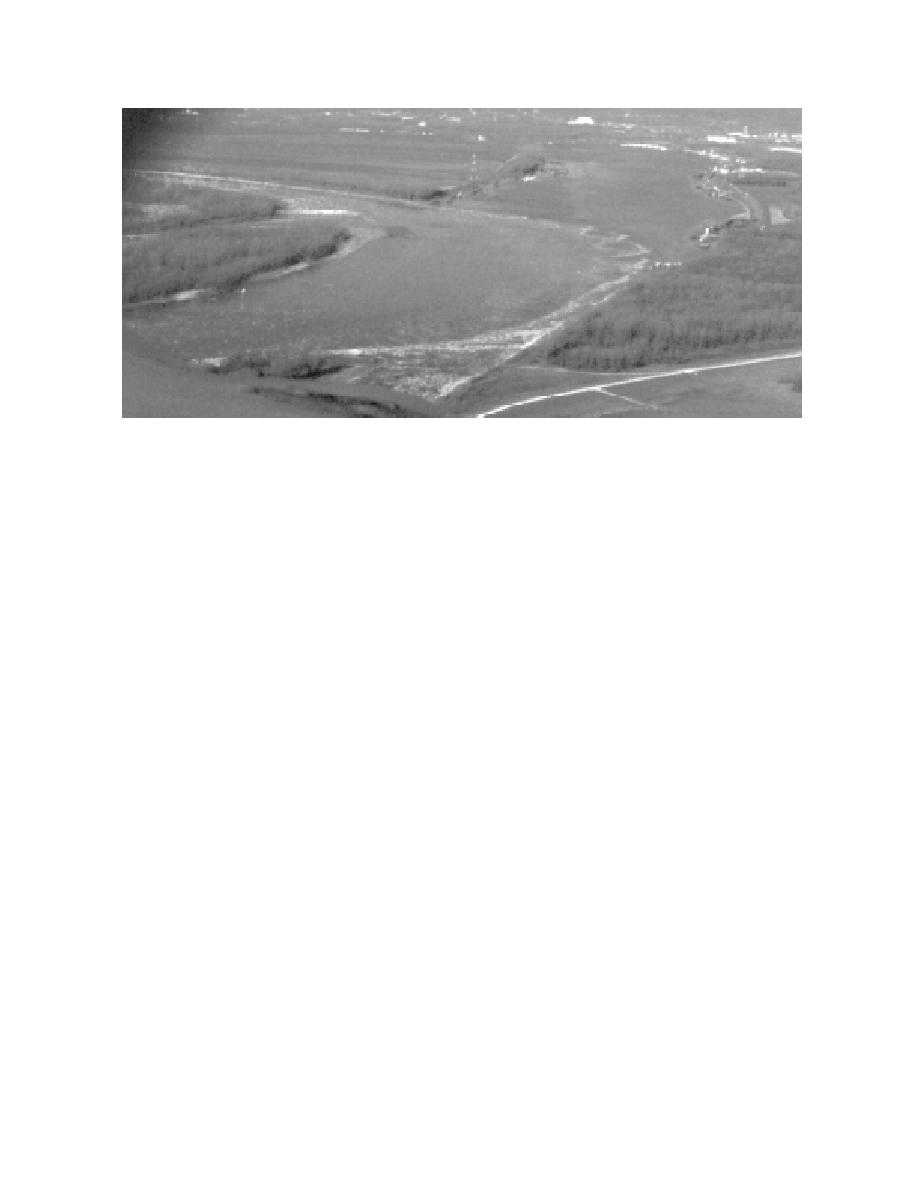
Figure 22. Ice drifting from the Missouri River across the Mississippi River at the confluence.
ducted with a fan to determine the sensitivity of
titatively gauge the relative importances of
drift through the confluence. An ordinary fan (0.5-
water current and wind for ice movement
m diameter) facing away from the confluence (i.e.,
through wide confluences, such as the
facing east) drew air across the model; air was not
MississippiMissouri confluence.
Numerical modeling, though useful for simu-
blown onto the model. The model ice responded
very quickly to the air flow, and spread fully across
lating "average" distributions of flow and ice
the confluence (Fig. 23). This simple test points out
movement, will not be able to simulate the
the importance of wind as a contributing factor
detailed action of eddies in the shear zone
hampering ice movement through the confluence.
between confluent flows.
At this point in the study, it appears that the
The wind conditions prevailing during the
instances when ice jams formed at the confluence
severe ice stoppages in the Mississippi
have yet to be analyzed. It is possible to conjec-
Missouri confluence predominantly occur
ture that periods of ice run out of the Missouri
when ice discharges from the Missouri River.
River are accompanied by westerly or northwest-
Tentative observations (not fully documented
erly winds. The basis for this conjecture, to be sub-
here) suggest that greater release of water
stantiated, is that the ice discharging from the
from the Mississippi River likely does not
Missouri River is predominantly frazil ice formed
adversely affect ice movement through the
when cold weather descends from the northwest.
confluence.
A number of implications arise from the fore-
An observation specific to the Missouri River
going observations:
is its propensity to jam a short distance upstream
It would seem that difficulties in ice move-
of the confluence--during most tests, a full width,
ment through the MississippiMissouri
single-layer thickness of model ice slowed and
confluence stem from the combined actions
occasionally stopped in the reach shown in Fig-
of water current and wind, as well as the
ure 24. The reach, in effect, limits the amount of
amount of ice discharged.
ice that the Missouri can convey into the con-
It appears at this stage that, if wind is impor-
fluence. With regard to the MissouriMississippi
tant, flow modifications alone (e.g., channel
confluence, the results suggest that consideration
realignment, blockage of the small channel
might be given to determining the requirements for
behind the point-bar [evident in Fig. 8]) may
increasing the ice-discharge capacity of the river at
not sufficiently enhance ice movement
the location indicated in Figure 24. However,
through the confluence.
increasing the ice-discharge capacity of the Missouri
Numerical modeling will be needed to quan-
River may lead to jamming in the Mississippi River
27



 Previous Page
Previous Page
